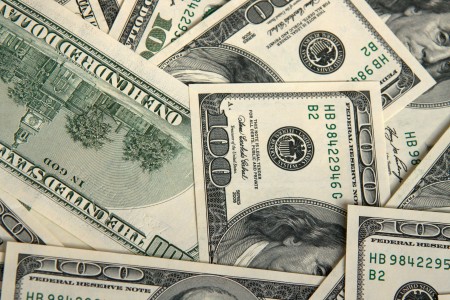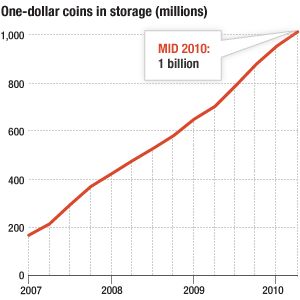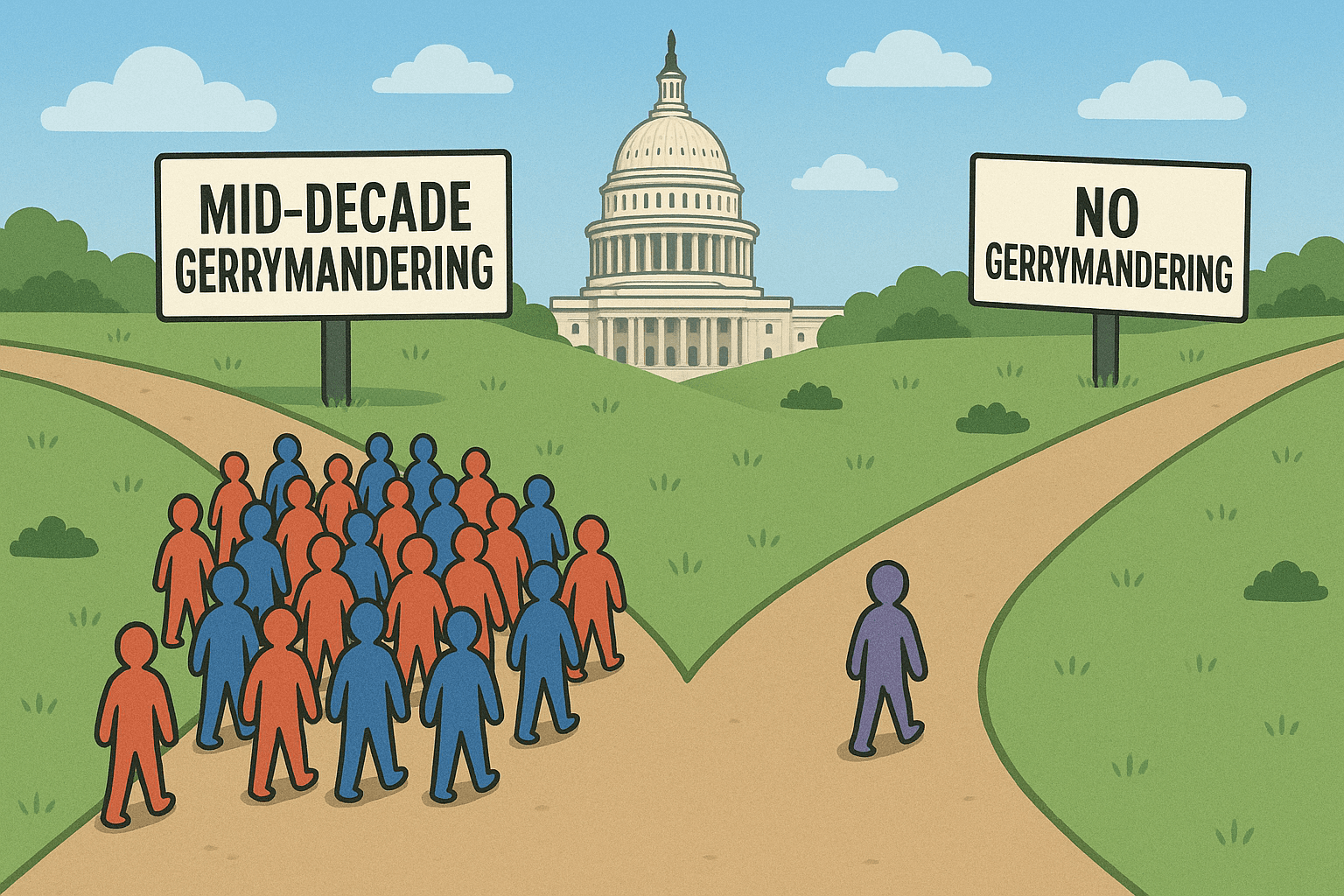Wasteful Government Spending

What Are You Paying For With Your Tax Dollars?
In early July, it was reported that the Pentagon had spent $34-million on an unused military base in Afghanistan. It was originally supposed to be used as its headquarters. But as the US now starts to withdraw troops, the building may soon be demolished without ever being used. It has come to show how bloated the Pentagon's budget really is and how much money they tend to waste. But that's not where it stops. The government wastes money in every department. I know that is not much of a surprise to anyone. Every government wastes money. That is nothing new. Earlier in the year, the National Republican Congressional Committee came out with their Waste List showing how much the money the government wastes... at least according to them. Keep in mind that this is only from one party, so the results may be skewed slightly. By their estimate, the federal government has wasted $57.3-billion. Now that number comes not just from wasteful spending but also from duplicate spending and in certain regulations.
Now the $34-million spent by the Pentagon on an unused base may seem like a lot of money, but in terms of how much our government spends, it's mere change. Some of the biggest examples of waste on the list include $11-billion in faulty IRS refunds, $3.3-billion in unemployment fraud, $4.5-billion in improper food stamp payments, and $3.9-billion in theft from the IRS by identity thieves.
 In an article on POLITCO, House Judiciary Committee chairmain Bob Goodlatte (R-VA) wrote that when the sequestration cuts hit earlier this year, Attorney General Eric Holder said that the Department of Justice would be forced to make cuts that threatened the safety of Americans. Yet, over the objections of Congress, the DOJ spent $165-million an unused prison in Illinois even though the Bureau of Prisons already had 4 brand new prisons that were sitting empty. The prison in Illinois is still not being used and is estimated that it will cost $6-million a year to secure the empty building and an additional $70-million before its even operational. The DOJ has also spent $11-million on luxury private jets for political appointees. From 2007-2011, according the Government Accountability Office, the attorney general and FBI director spent more than $11-million on non-official trips. In terms of the attorney general, roughly 28% of the trips were for private reasons.
In an article on POLITCO, House Judiciary Committee chairmain Bob Goodlatte (R-VA) wrote that when the sequestration cuts hit earlier this year, Attorney General Eric Holder said that the Department of Justice would be forced to make cuts that threatened the safety of Americans. Yet, over the objections of Congress, the DOJ spent $165-million an unused prison in Illinois even though the Bureau of Prisons already had 4 brand new prisons that were sitting empty. The prison in Illinois is still not being used and is estimated that it will cost $6-million a year to secure the empty building and an additional $70-million before its even operational. The DOJ has also spent $11-million on luxury private jets for political appointees. From 2007-2011, according the Government Accountability Office, the attorney general and FBI director spent more than $11-million on non-official trips. In terms of the attorney general, roughly 28% of the trips were for private reasons.
Now this next tidbit may seem a bit more absurd. The US State Department spends $5.5-million to send multi-million dollar athletes around the world for what it calls "sports diplomacy." In March, Sen. Tom Coburn (R-OK) called on Congress to eliminate tax breaks and loopholes for NASCAR, Hollywood, and other special interest group that include the PGA, the NFL, and my personal favorite, whaling captains. Democrats have been looking for ways to raise revenue, maybe they should pay attention to what Sen. Coburn is saying with these tax breaks and loopholes. In 2013, the NASCAR loophole alone will cost $46-million and an additional $95-million through 2017.
 And since I've been talking about money, let's really talk about money. The government spends $70-million on penny production. And in 2012, the cost of making a penny was 2-times its actual value. So technically, a penny really is worthless. And then there are the presidential dollar coins which started in 2007. By 2011, there were 1.4-billion uncirculated dollar coins. For most of those years, any uncirculated coin sat at the mint in either Philadelphia or Denver where they were made. However, there got to be so many that a new warehouse had to be built to store the coins. Where did the government decide to build this new warehouse? Not in Denver or Philadelphia, but in Texas. And then they had to spend millions more to ship the coins there. The pile of unused coins would end up costing $300-million to make to begin with... as of 2011. Between 2007 to 2011, 2.4-billion dollar coins were minted at a cost of $720-million. However, to throw a kink into this, the government made a profit of $680-million by selling 1.4-million of those coins. But this could not offset the cost of producing so many coins that remained out of circulation and where demand was dropping even more. By mid-2010, it was costing the government $1-billion to store all the unused dollar coins (this includes all dollar coins not just the presidential dollar coins). Starting in 2012, the government would only mint the dollar coins for collectors. So why does the government continue to get us to use dollar coins? According the Government Accountability Office, it would save $5.5-billion in 30-years just switching from a dollar bill to a dollar coin.
And since I've been talking about money, let's really talk about money. The government spends $70-million on penny production. And in 2012, the cost of making a penny was 2-times its actual value. So technically, a penny really is worthless. And then there are the presidential dollar coins which started in 2007. By 2011, there were 1.4-billion uncirculated dollar coins. For most of those years, any uncirculated coin sat at the mint in either Philadelphia or Denver where they were made. However, there got to be so many that a new warehouse had to be built to store the coins. Where did the government decide to build this new warehouse? Not in Denver or Philadelphia, but in Texas. And then they had to spend millions more to ship the coins there. The pile of unused coins would end up costing $300-million to make to begin with... as of 2011. Between 2007 to 2011, 2.4-billion dollar coins were minted at a cost of $720-million. However, to throw a kink into this, the government made a profit of $680-million by selling 1.4-million of those coins. But this could not offset the cost of producing so many coins that remained out of circulation and where demand was dropping even more. By mid-2010, it was costing the government $1-billion to store all the unused dollar coins (this includes all dollar coins not just the presidential dollar coins). Starting in 2012, the government would only mint the dollar coins for collectors. So why does the government continue to get us to use dollar coins? According the Government Accountability Office, it would save $5.5-billion in 30-years just switching from a dollar bill to a dollar coin.
I've only given a few examples of the wasteful spending by our government. If you want to see more, then you will have to look at the list yourself. A lot of the wasteful spending and even duplicate spending can be traced to two things. One is our out-dated and over-complicated tax code. Everything is done piecemeal through various years and none of it makes any sense when put together. The second is the failure of Congress to pass a budget so spending just moves along piece by piece. House Republicans can state that the House has passed a budget every year since 2011 that the Democratic Senate has failed to ever vote on. Only this year did the Senate pass its own budget after the House forced them to do so. However, both chambers passed bills they knew the other chamber would not approve and are not willing to meet in a conference (as per routine when bills do not match) to iron out the differences. There needs to be a budget every year and the tax code needs to be completely overhauled. To quote the closing line of a segment in one of the local newscasts here in St. Louis... "After all, you paid for it."


